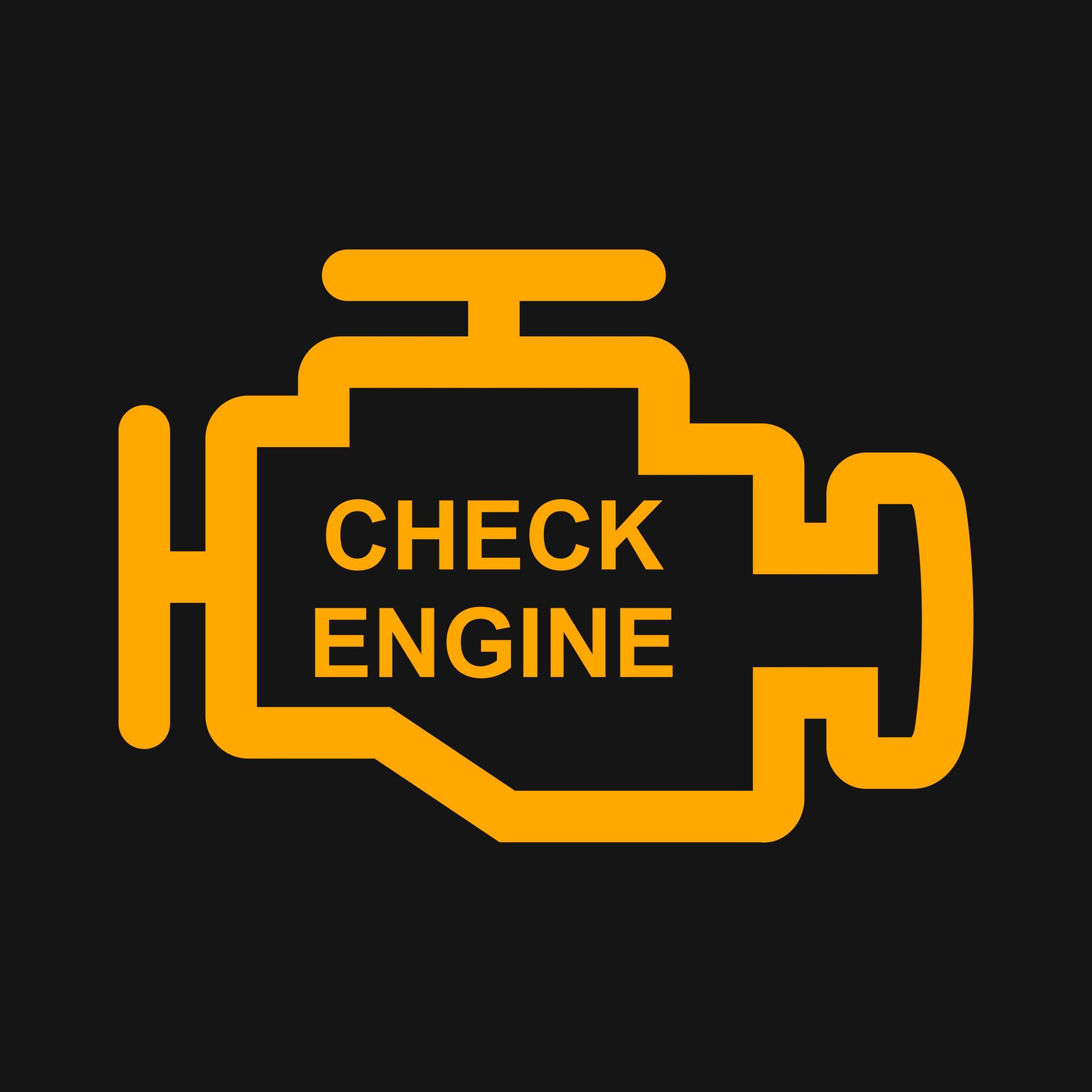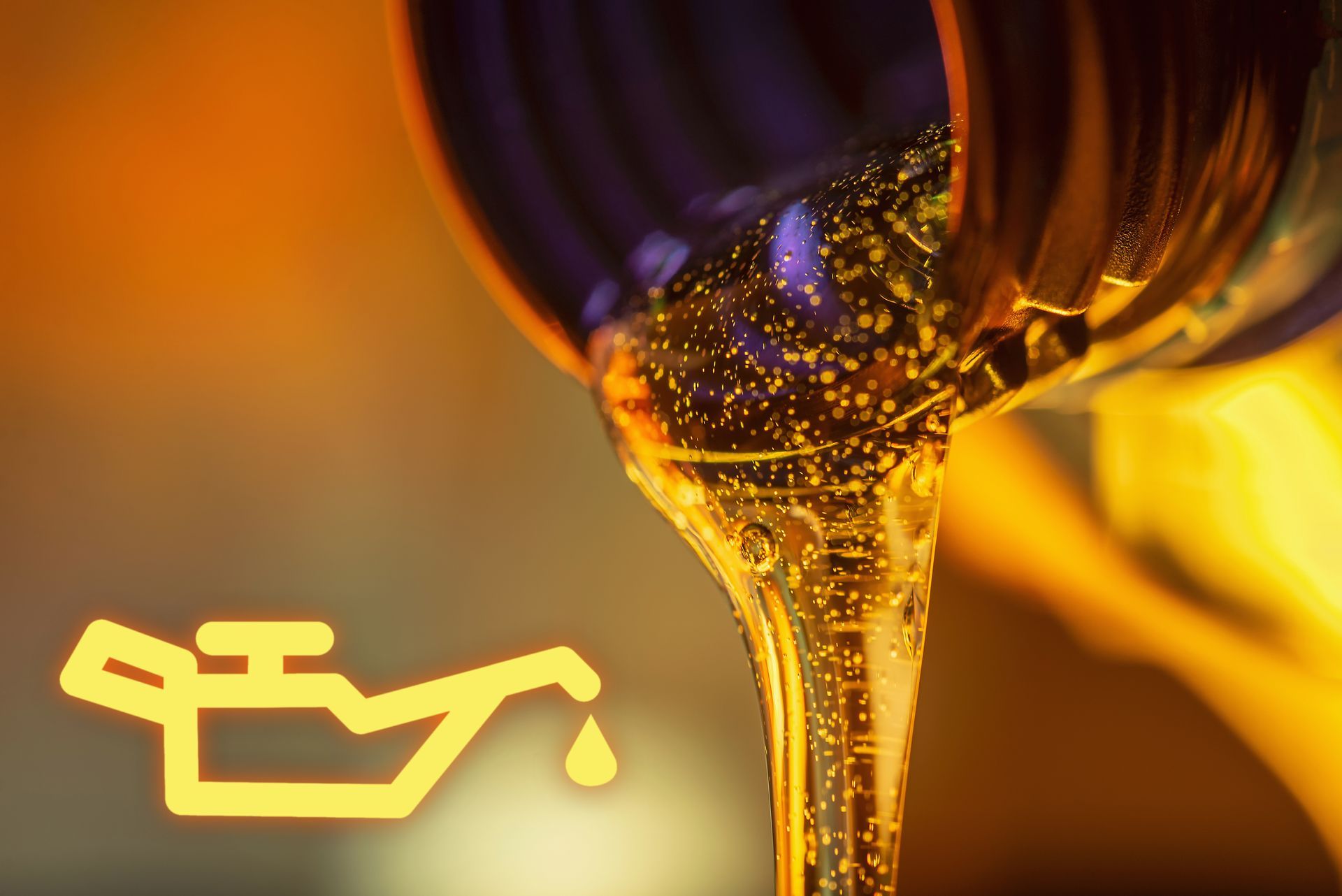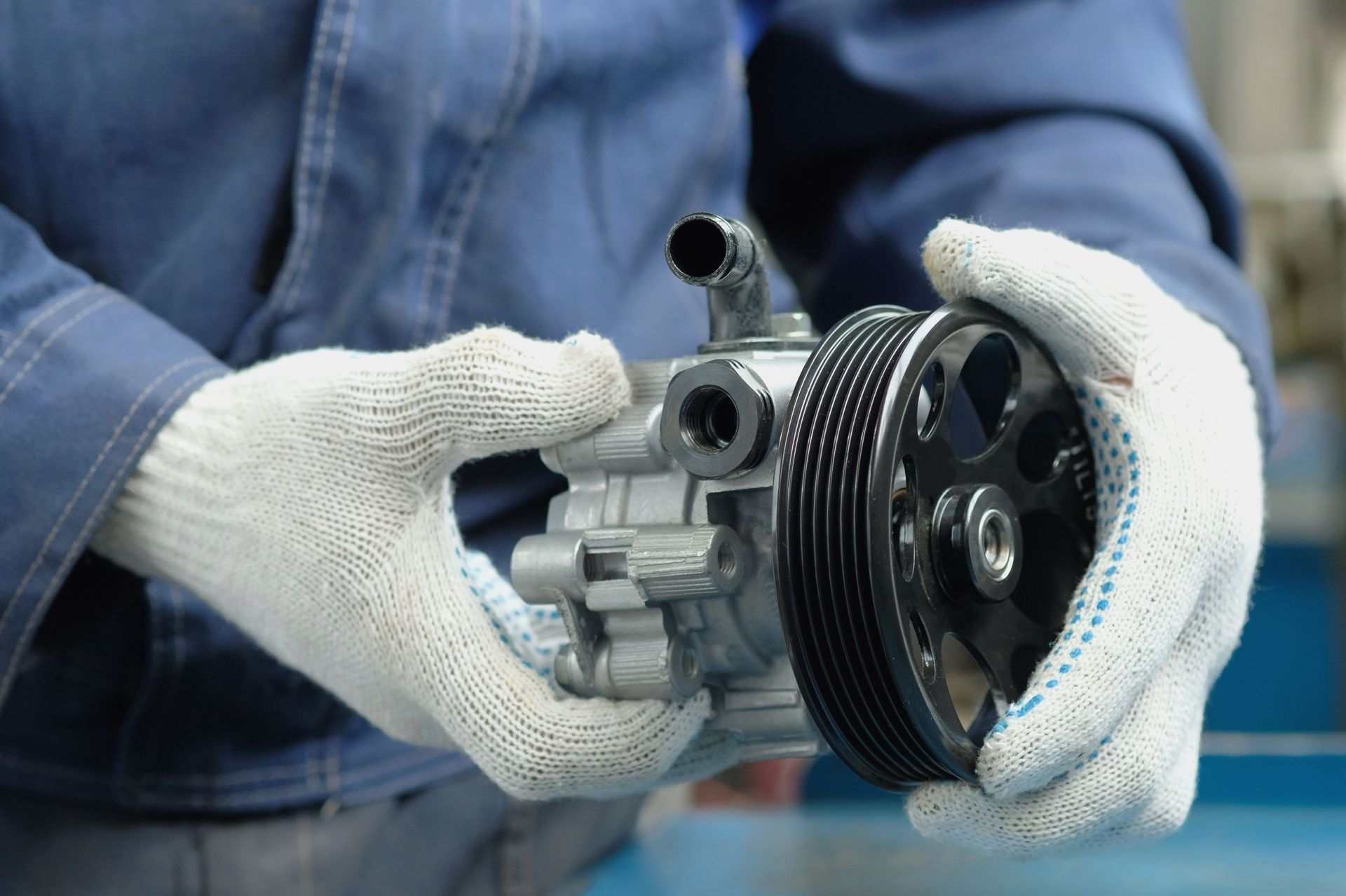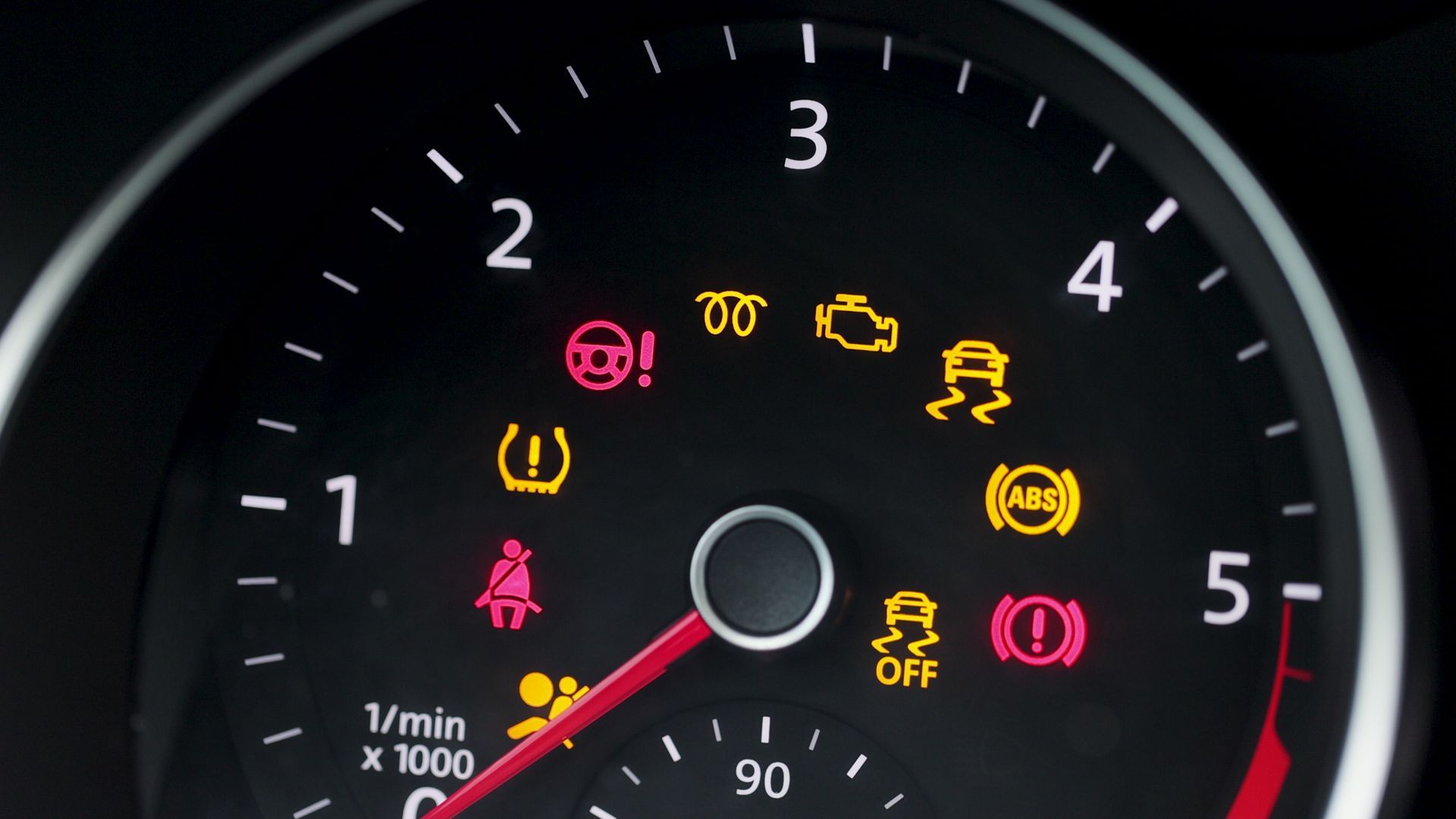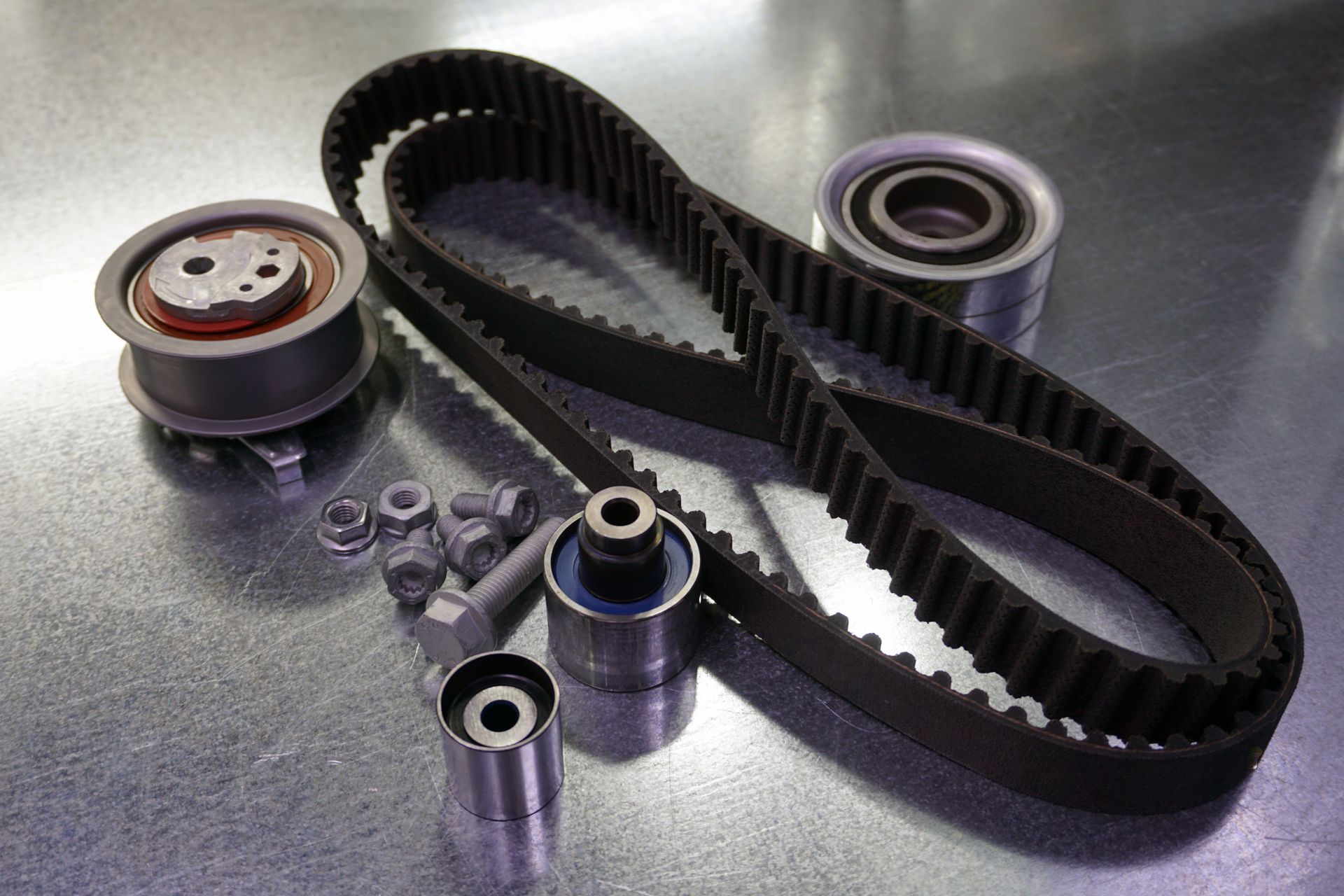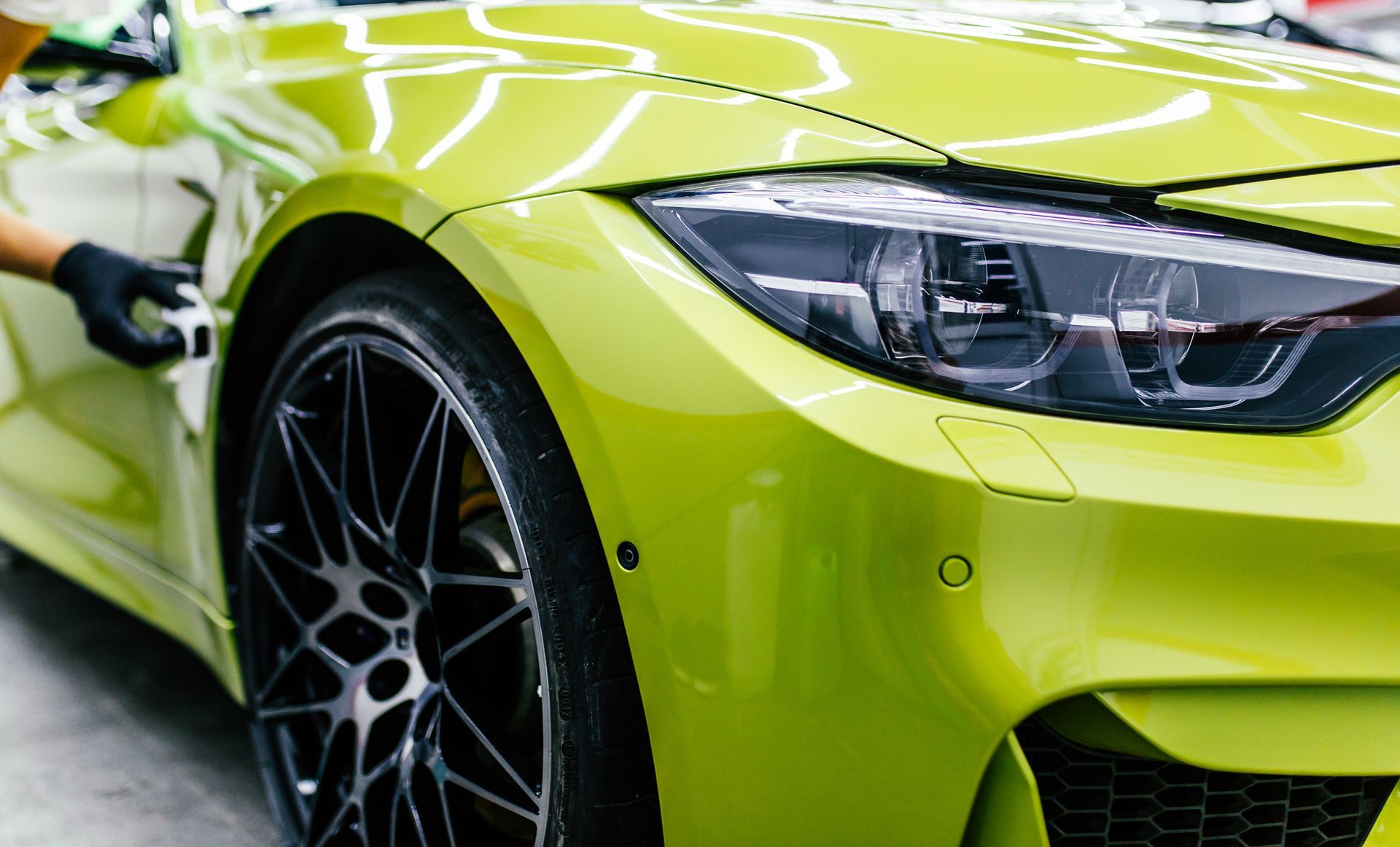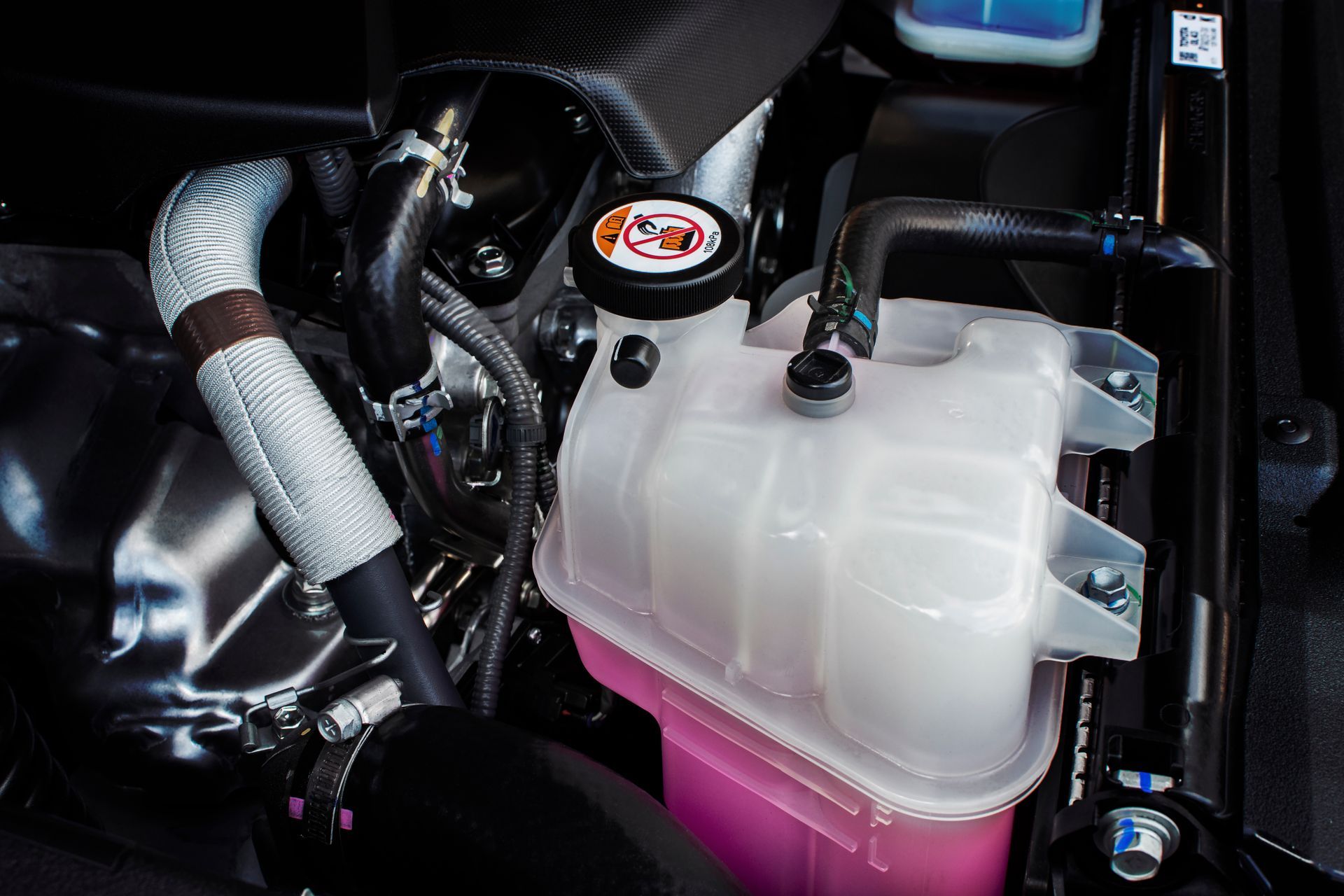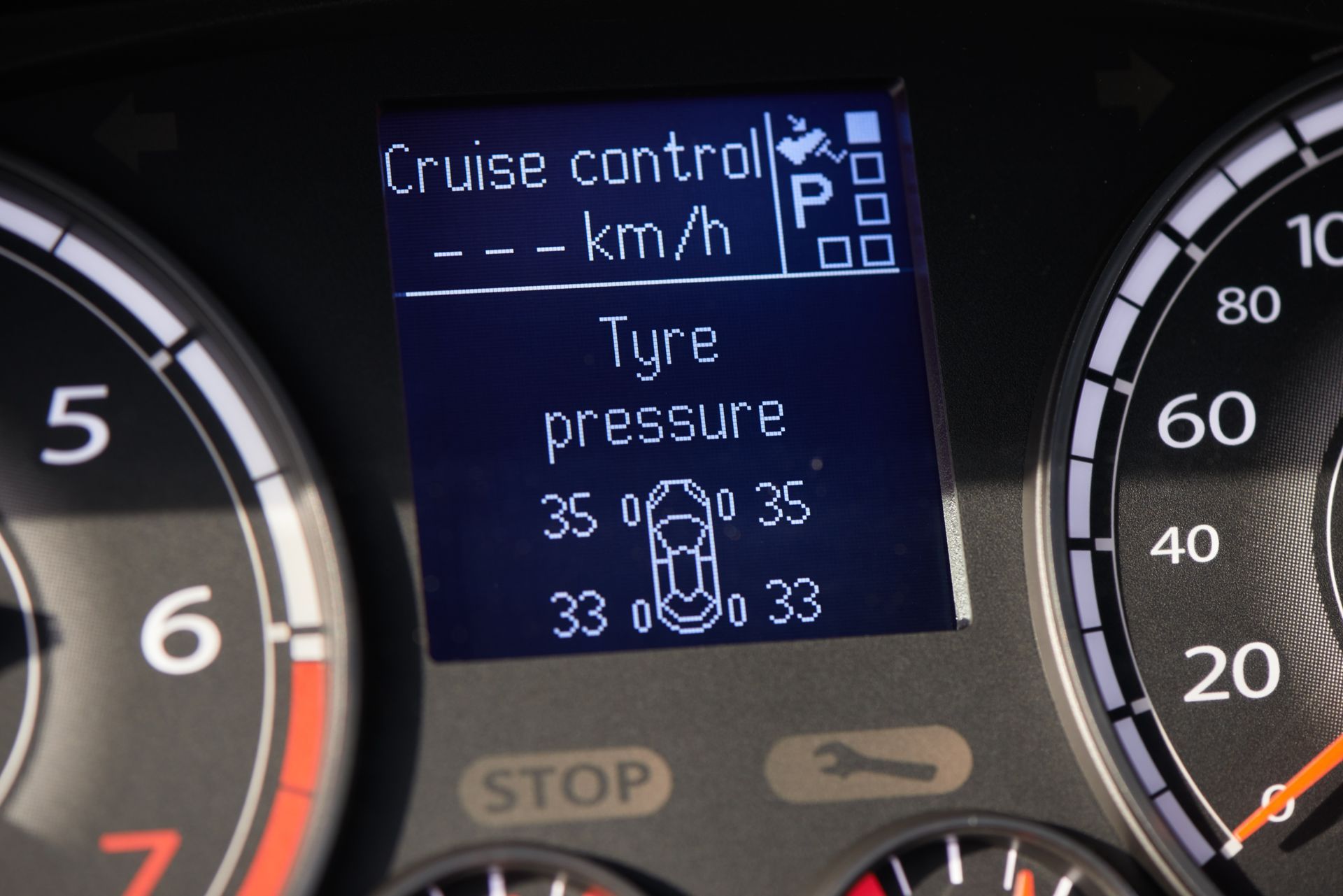Windshield wipers are supposed to keep your view clear during rain or snow, but it can be frustrating and even dangerous when they leave streaks instead. Streaking wipers don’t just reduce visibility—they often indicate an underlying issue that needs attention. Whether it’s worn-out blades, dirt buildup, or improper installation, streaking wipers can make driving in bad weather a challenge. The good news? Most of these problems are easy to fix once you know what’s causing them.
Common Causes of Streaking Windshield Wipers
Your wipers should glide effortlessly across the glass, removing water without leaving smudges or streaks. If they’re not doing their job properly, there are several possible reasons why.
Worn-Out Wiper Blades
One of the most common reasons for streaking wipers is old, worn-out blades. Over time, rubber wiper blades degrade due to exposure to sunlight, dirt, and extreme temperatures. When the rubber hardens or cracks, the blade can’t make even contact with the windshield, leaving streaks behind.
A good rule of thumb is to replace wiper blades every six to twelve months. If your blades have visible cracks, feel stiff to the touch, or make a chattering noise while in use, it’s time for a replacement.
Dirty or Contaminated Wiper Blades
Even if your blades are relatively new, they can still leave streaks if they’re dirty. Oil, road grime, and debris can stick to the rubber, making it less effective at clearing water. If your windshield wipers are streaking, try wiping them down with a clean cloth and a bit of rubbing alcohol to remove any buildup.
Dirt on the windshield itself can also contribute to streaking. A windshield covered in dust, bugs, or tree sap makes it harder for the wipers to move smoothly. Cleaning the glass regularly with a quality windshield cleaner can help prevent this issue.
Windshield Issues That Affect Wiper Performance
Sometimes, the problem isn’t with the wipers themselves but with the windshield surface. A coated or damaged windshield can make it harder for the wipers to glide properly.
If your windshield has wax or water-repellent treatments, they might interfere with the way the wiper blades move, causing them to skip or leave streaks. If you recently applied a windshield treatment, check if the streaking started afterward. You might need to remove excess product or reapply it correctly.
Minor scratches or pits in the glass can also cause wipers to leave streaks. Small imperfections in the windshield surface prevent the blades from making consistent contact, leading to uneven cleaning. If you notice chips or cracks in the glass, getting them repaired can improve both visibility and wiper performance.
Installation and Alignment Problems
Sometimes, windshield wipers leave streaks because they aren’t properly installed or aligned. If the blades aren’t sitting correctly against the glass, they won’t make full contact, leading to streaking or skipping.
If your wipers are streaking immediately after being replaced, double-check the installation. Ensure the blades are securely attached to the wiper arms and positioned correctly. If they look uneven or don’t sit flat against the windshield, adjusting them may solve the problem.
Another common issue is uneven wiper arm pressure. Over time, the wiper arms can lose tension, preventing the blades from pressing firmly against the glass. If one side of the blade seems to be working while the other isn’t, the arm might need to be adjusted or replaced.
How to Prevent Wiper Blade Streaks
If you want to keep your windshield wipers working effectively, a little maintenance goes a long way. Here are some simple tips to help prevent streaking and extend the life of your wiper blades:
- Clean your wipers regularly – Wipe down the rubber edge of the blade with a damp cloth or rubbing alcohol at least once a month to remove dirt and grime.
- Keep your windshield clean – Dirt and residue on the glass can make wipers less effective, so wash your windshield regularly with a quality glass cleaner.
- Replace wiper blades on schedule – Don’t wait until they stop working completely—replace them every six to twelve months, or sooner if you notice cracks or reduced performance.
- Avoid using wipers on a dry windshield – Running wipers on dry glass can wear them out faster and lead to streaking. Use washer fluid if you need to clear dust or light dirt.
- Check for proper alignment – If the blades don’t sit evenly on the glass, they won’t work as intended. Adjust or replace wiper arms if necessary.
If you’ve tried these solutions and your wipers are still streaking, it might be time to inspect your windshield for damage or have your wiper system checked by a professional. A quick inspection in Snider Automotive can help determine if your wipers need replacing or if another issue is affecting their performance.
Bad visibility in the rain? Let
Snider Automotive in Nashville, TN, inspect your windshield wipers and replace them with high-quality blades. Contact us now!

